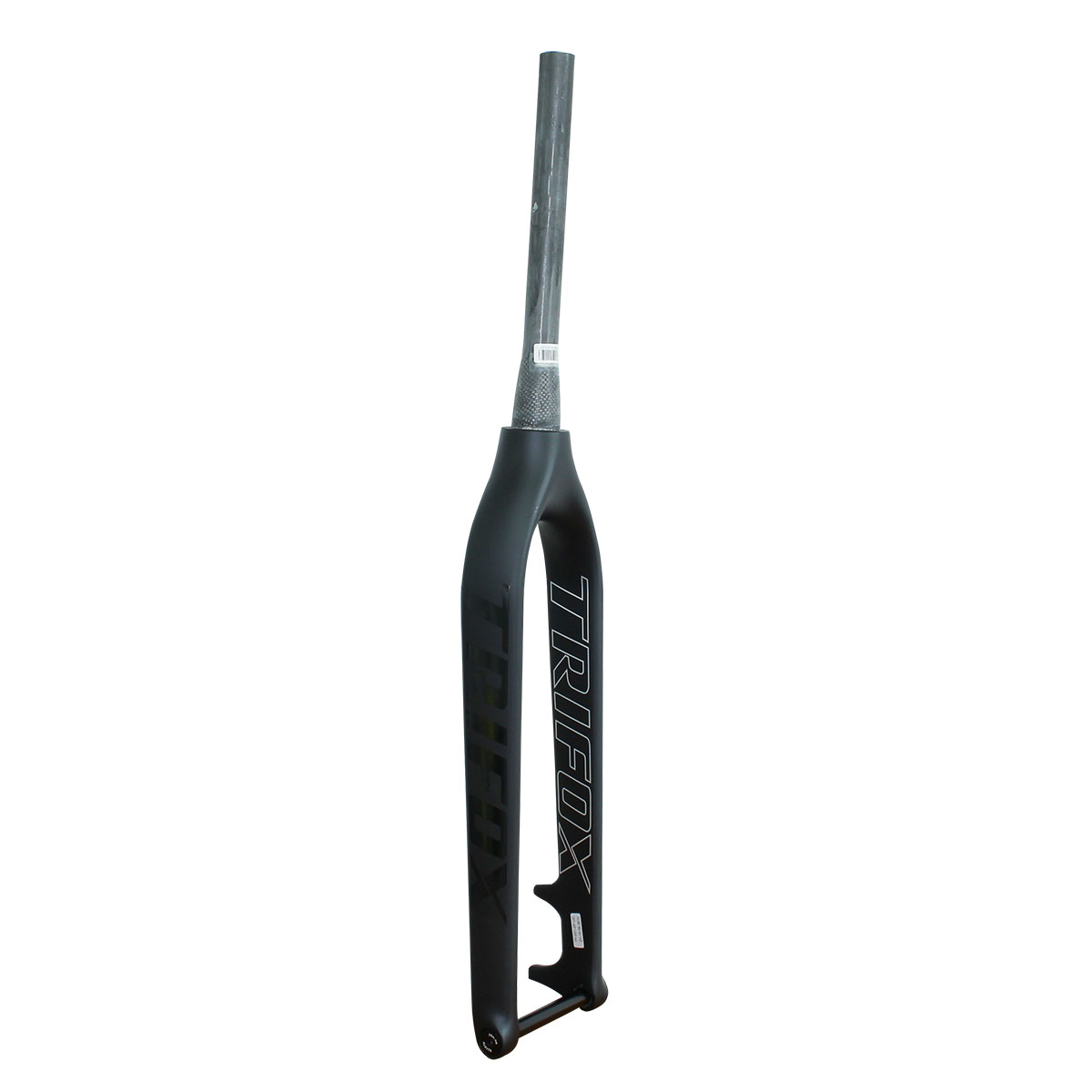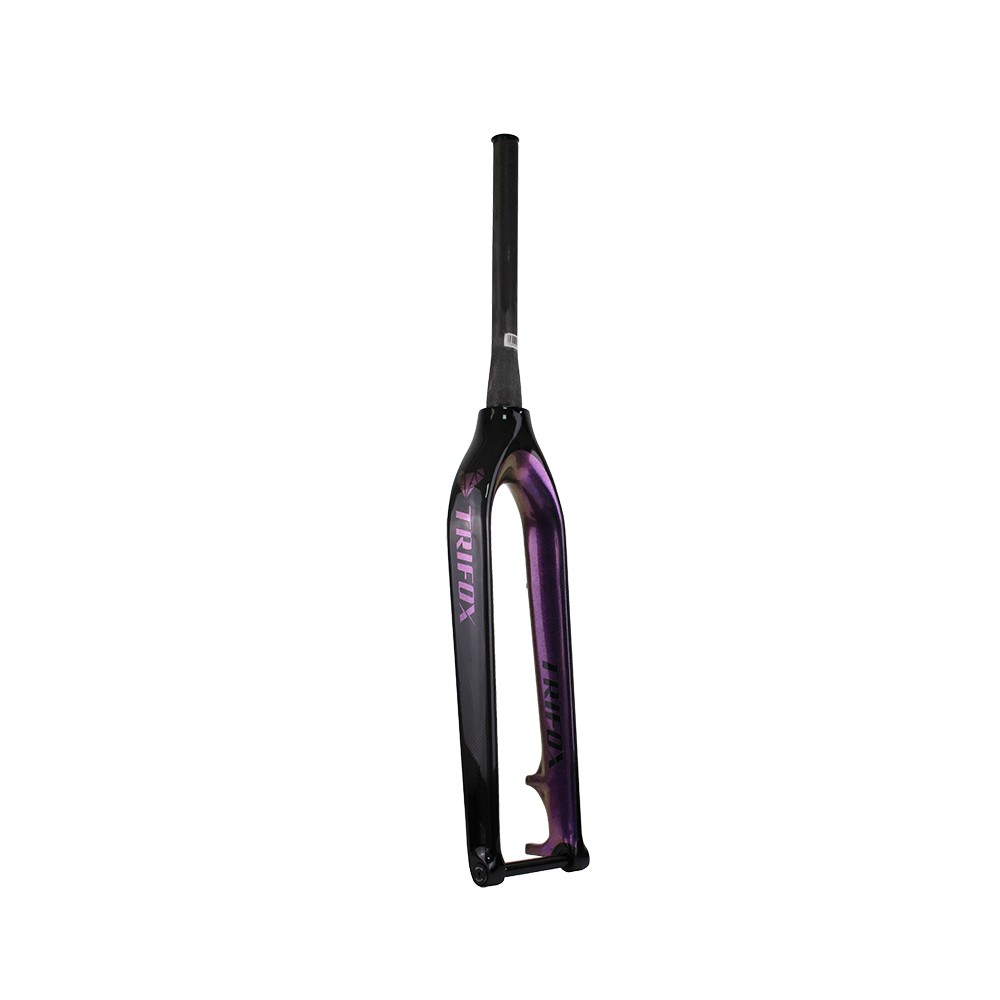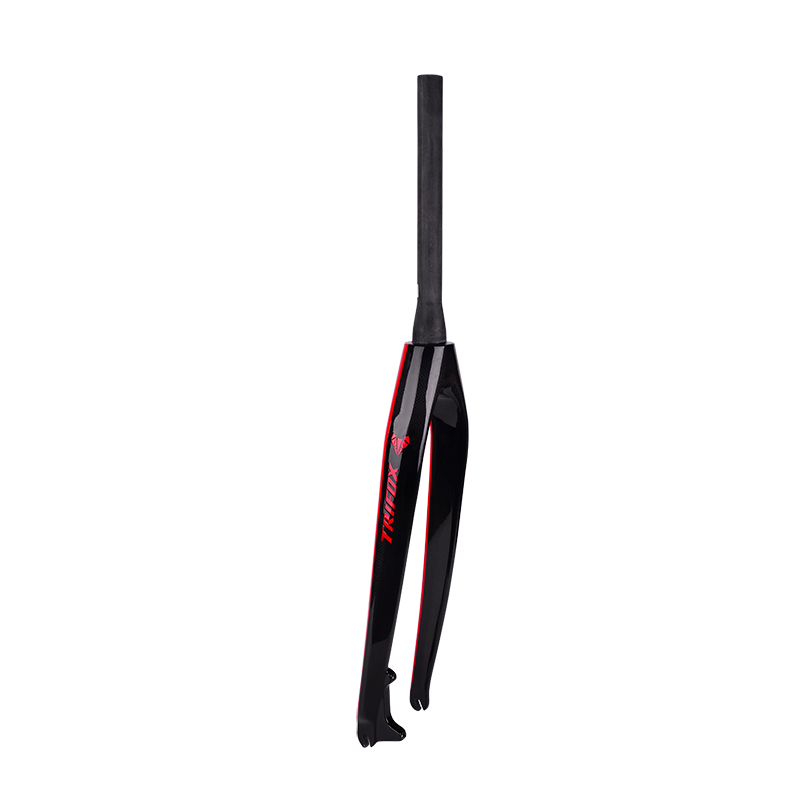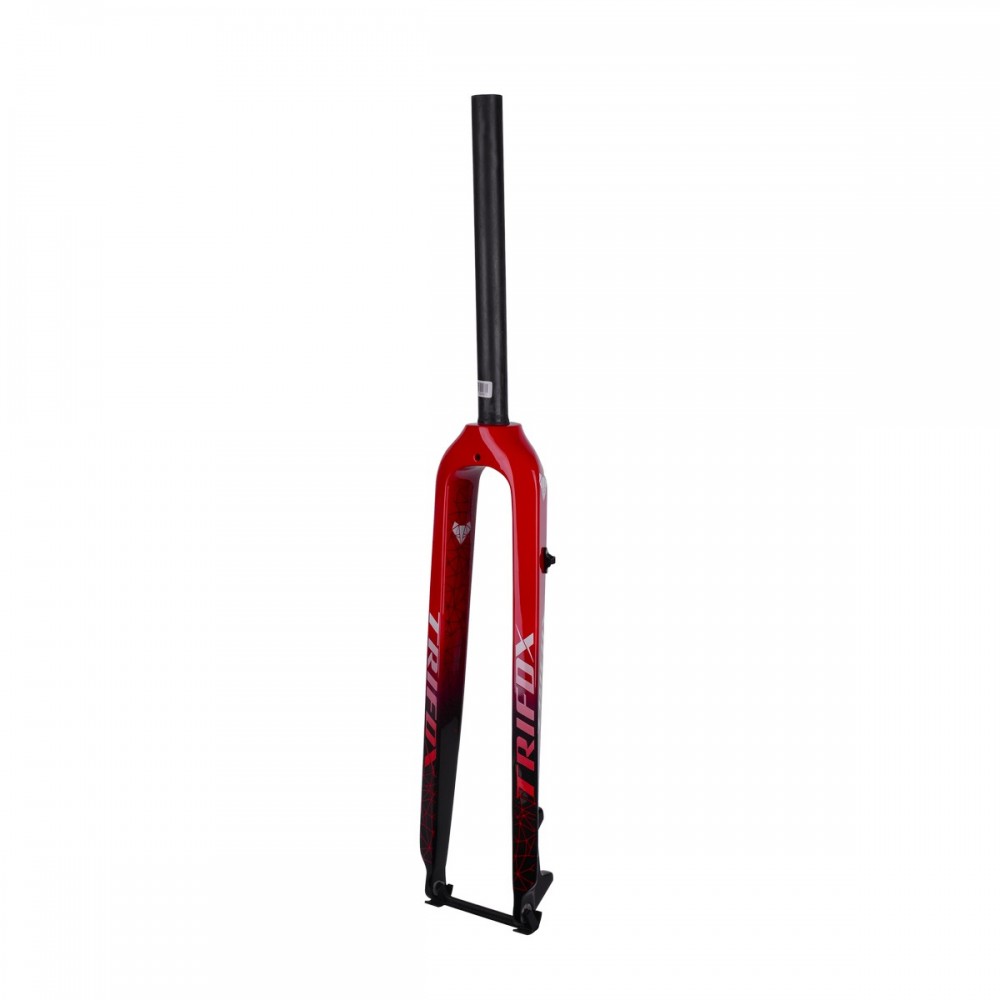These tests validate observations made on a possibly faulty Bicycle Wheel Hub.
Side-by-side testing: You can test your bike wheel hub side-by-side.
You can pick up the top of the bike hub and push it from side to side.
Will the Bicycle Wheel Hub move laterally?
If so, the cycle hubs may have come loose and need adjustment.
Hand Check Test: Another trick is to use your fingers to tell if there are any hubs for mtb malfunctions.
You should first remove the road bike hub and check that the axle parts are secure.
Loose parts can damage the best hubs for mtb.

Try to feel the best mtb hubs bearing with your thumb and forefinger.
Ideally, it should feel smooth and well lubricated inside the single-speed hub.
If they wear out or need to be replaced, they can feel rough and dry.
What does a bad bicycle wheel hub on a bike sound like?
If your bicycle hub isn’t in top shape, prepare to hear chirps, squeals, or growls while you ride.
You can also tell that the sound relating to the mtb hub if the sound drops off when you stop the loop as the car accelerates.
Severe wear or rust will require you to replace the mountain bike hub, while dirt buildup or bearing problems can be easily resolved by cleaning, oiling, or replacing the bike wheel hub.

Manually inspect your bike hubs for rust or excessive wear, and a swing test can help you decide if cycle hubs need to be replaced.
To do the swing test, grab the hubs for mtb firmly and give it a swing.
If it moves more than a few millimeters left and right, it’s time to replace it.
If it’s fairly hard, you can try oiling or lubricating it to keep it going.
How to check the road bike hub?
An easy way to check the health of the best hubs for mtb is to feel it with your hands.
If the best mtb hubs are worn and dry, they can feel rough and metallic to the touch.
Check the acoustics: The sound of a single-speed hub failing is also the screeching and/or roaring sound of cycling.
Find the right bicycle wheel hub for your bike
Now that you know more about the nuances of bicycle hubs, let’s dive into what you should really be looking for when choosing the right hub for your bike.
Like the mtb hub, the mountain bike hub is dedicated to the front and rear.
bike wheel hubs are designed just to allow the wheels to rotate, bike hubs make up the gearing of the bike, and the freewheels or sprockets that drive the rear wheels are attached to the cycle hubs, on most bikes the hubs for mtb also have a freewheel mechanism.

What are the different types of road bike hubs?
The best hubs for mtb come in a variety of makes, sizes, and models depending on the bike to be connected.
The main and most obvious function of the best mtb hubs is to hold the wheel together with the frame elements.
In addition to that, the single-speed hub helps keep the brake rotors in place.
As an extension, the bicycle wheel hub transfers torque from the crank to the rear wheel, which allows the bike to coast without turning the crank forward.
Specifications of the hub
What does bicycle hub size mean?
mtb hub size varies by model as well as bike size.
The outer diameter calling the hub hole of the wheel, and the inner diameter calling the diameter of the mountain bike hub.
The specific ratio of the bike wheel hub hole to the bike hub determines the wheel size.

How do I know what size cycle hubs are?
Most modern bike manufacturers mention the hubs for mtb specification in their literature or have models available for common road bike hubs.
But if you still want to measure, you should measure the best hubs for mtb width to make sure it fits.
To do this, remove the rear wheel and use a tape measure or ruler to measure the distance between the inside surfaces of the release.
What is the best mtb hub width for a bike?
single speed hub width may vary by make/model of bike.
Below is a list of typical bicycle wheel hub widths, depending on the bike type.
Mountain Bike – 135mm
Road Bike – 130mm
Rail Bike – 120mm
If you want to know more about Bicycle Wheel Hub, please be free to click TRIFOX.























